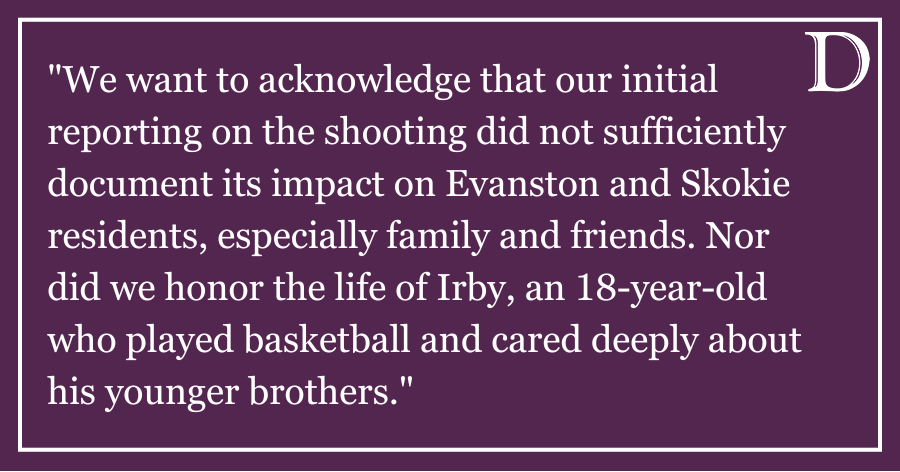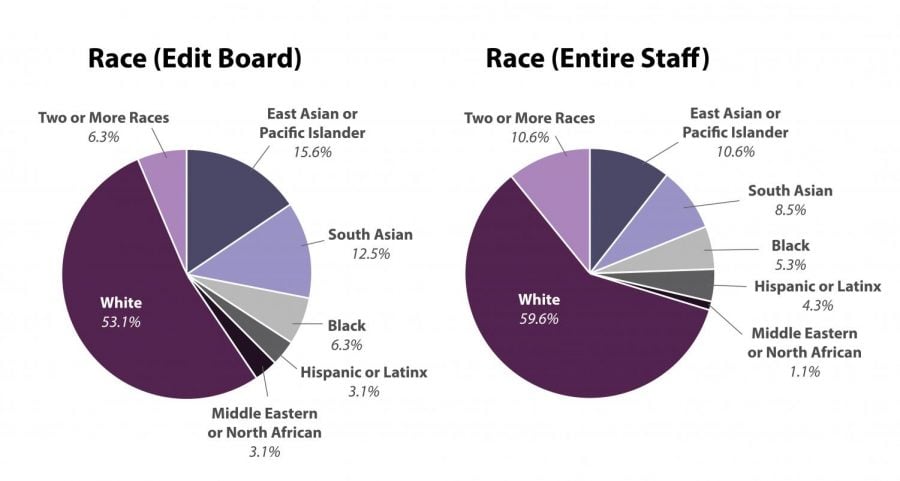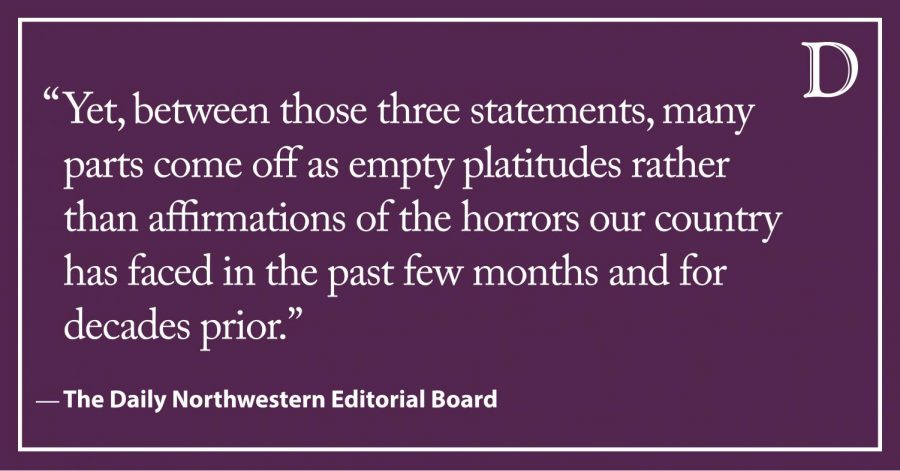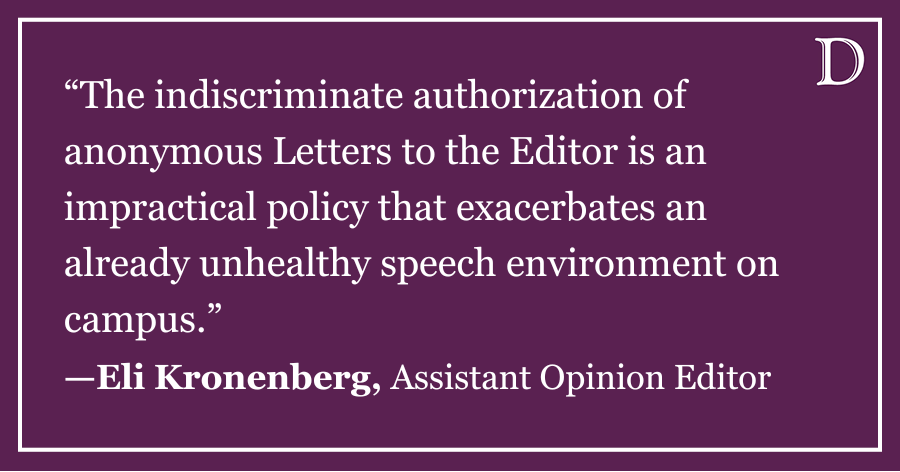Should we ever have to choose between safety and racial sensitivity? The debate about including a suspect’s race in NU crime alerts is too easily simplified by this dichotomy: Either we need to know the suspect’s race for our safety, or we use racial labels that could perpetuate stereotypes.
After last week’s extensive race discussions, the security alert e-mail sent after the recent sexual assault in Tech demonstrated NU’s conscious attempt to include more details when possible about the suspect’s appearance and clothing. This was a positive step forward, but what will happen in the future if all the police know is a suspect’s race and gender? What will it mean if NU doesn’t send out descriptions based only on race anymore, as the administration has pledged?
Under the Clery Act of 1989, all American universities that participate in federal financial aid programs must issue crime warnings. Race is included in all police reports, which NU uses to issue security alerts. Students should be aware the inclusion of race as a descriptor in a crime-watch e-mail is not a matter of racial profiling or stereotyping by the University or the police. Think about the alternative to having all the details – and whether NU is right to keep us informed.
On the other hand, NU should keep in mind when writing these alerts that vague descriptions may unnecessarily stoke prejudice. NU should take steps to increase the transparency of the process from crime to police report to e-mail alert, perhaps including a few extra sentences about how police gathered descriptions of the suspect. If the victim caught just a fleeting glance and there were no other witnesses, tell us that. If the suspect was wearing a hood obscuring his face, write about that. NU may have assumed concise alerts are more likely to be read, but maybe a clarification will help add some racial sensitivity.










